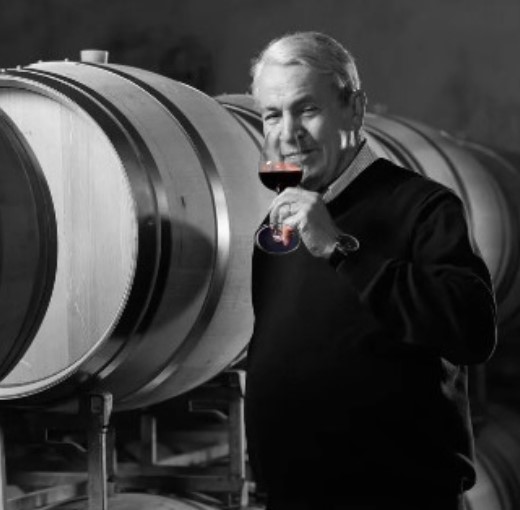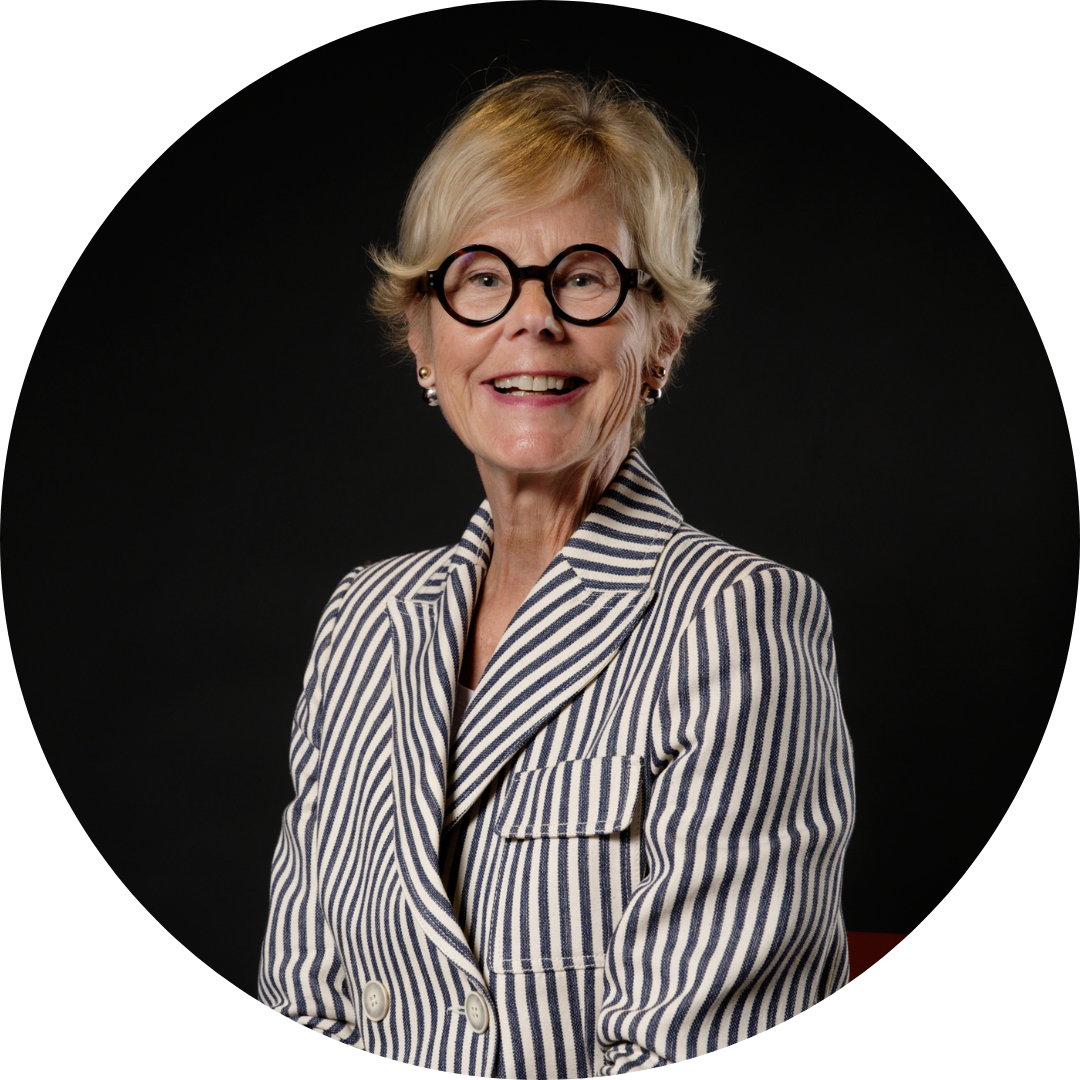Jean Merlaut
Owner of Château Gruaud Larose & Château Dudon
Founder and President of Maison Jean Merlaut
Presentation
Gerda: You are both an owner and a negociant. What are the main challenges vineyard owners and negociants face?
Jean Merlaut: The challenges for vineyard owners and negociants are not the same. For vineyard owners, climate change is a major challenge. Although this phenomenon is not new, it has become increasingly extreme. We’ve gone from periods of excessive heat to intense cold, frost, and now prolonged periods of drought and humidity. Owners must adapt to produce consistent wines, which is their primary concern.
The second challenge is marketing. Currently, Bordeaux is going through a difficult time, but it’s not just Bordeaux. Globally, there has been an overproduction of wine that has been reduced due to uprooting in various regions. In recent years, production has decreased. Overproduction has become more limited, but unlike products such as wheat or corn, wine can be stored, creating a difference between stock levels and market trends.
Additionally, consumption habits are changing. Countries that were traditionally heavy wine consumers are drinking less and less. Behaviors are evolving; people are more inclined to live in the moment. Reducing stocks will take time, though hopefully one day we might even face a wine shortage (laughs). In France, wine consumption was often tied to enjoying a good meal, like a steak with red wine. However, this is gradually being lost, partly due to regulations that prohibit driving after drinking several glasses. There is now a trend toward drinking wine outside of meals, as an aperitif, which leads to lower consumption.
Terroirs, Vines, and Cellars
G: Why did you choose organic farming at Château Gruaud Larose?
JM: Organic farming is absolutely not mandatory. It’s a choice we made. First and foremost, it is crucial to have goals, and whether it’s at Gruaud or in my properties in the Côtes de Bordeaux, it’s essential to adapt to your environment, your climate, and the surrounding biodiversity. In medicine, we talk about a person’s “constitution.” Similarly, it’s often said that vines must suffer, but I believe vines should not suffer. Rather, they should endure like an Olympic athlete, who endures to achieve excellence.
Our job is to integrate all the biodiversity with the vine and strengthen its natural defenses, and that’s where organic farming truly makes sense. At Gruaud, we have the means to choose organic, and we applied for certification, but we don’t display it on the label unless our clients request it. Labeling regulations vary from country to country. However, at Château Dudon, we no longer use herbicides and stopped using insecticides in the early 1990s, except to fight flavescence dorée, because it’s mandatory, and I comply with those requirements.
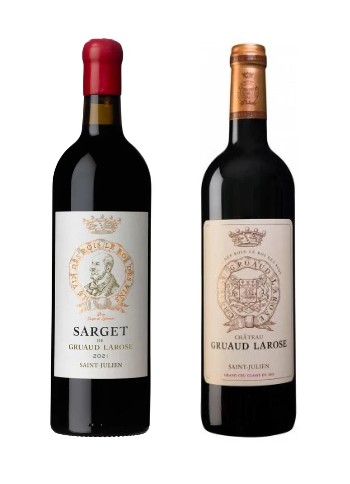
Properties and Brands
G: You own a Second Growth classified château in Saint-Julien, Château Gruaud Larose, and we are currently at Château Dudon, but do small estates still have a future in Bordeaux?
JM: I firmly believe they do. With changing consumption habits, many people who drink 2 to 3 bottles a month may not have a deep knowledge of wine and cannot always afford the budget for a Grand Cru Classé. Wine education happens step by step. I always say that Bordeaux’s affordable wines are essential to the Grands Crus because it’s through these smaller wines that the younger generation will one day appreciate the Grands Crus.
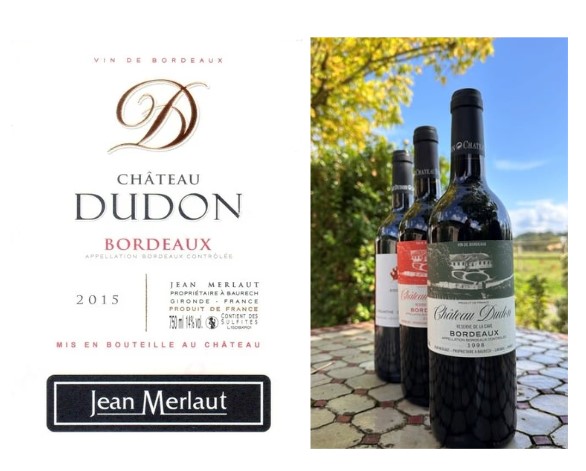
I own Château Dudon, but also Châteaux Malagar and Sainte Catherine. Wines like Château Dudon and Château Malagar have remarkable potential. Château Dudon benefits from renovated facilities that enhance its intrinsic quality, and we’ve also equipped Malagar, the former estate of François Mauriac, with a modern cellar, giving it significant qualitative potential. On the other hand, Château Sainte Catherine, though organically cultivated, has not yet found great success in this price range, where attention to organic practices is still limited. Unfortunately, many owners abandon this practice. These hillside vineyards produce fruity wines with nice freshness while also having significant aging potential. Their accessibility in terms of both taste and price makes them attractive, and they can find their place in very promising markets, as Roland has demonstrated with Château Dudon.
In the northern Médoc, where climate change is affecting the ripeness of the cabernet grapes, there are magnificent terroirs with immense potential for producing exceptional wines. This climate change opens up new perspectives for making great wines in the region. It’s there that we’ve acquired 250 hectares of vines over five years, and we produce Château Taffard de Blaignan and Château Saint Bonnet.
Distribution Today and Tomorrow
G: The wine market is currently going through a crisis. What do you see as the main factors?
JM: For mid-range wines, it’s primarily the decline in consumption. For fine wines, it’s their main markets, which have always been essential to Bordeaux, that are struggling. China has imposed severe restrictive measures, the situation in Russia is complicated due to the war, and in the United States, everyone fears the return of Trump and the introduction of new tariffs. Thus, the main export markets are disrupted, including in Europe and France. However, Bordeaux has weathered crises before. The last major crisis occurred between 1990 and 1994, and it was the arrival of Japan as a buyer that saved us. I believe another country will eventually take over. The wine market is so tight that it only takes a little to tip it in one direction or the other.
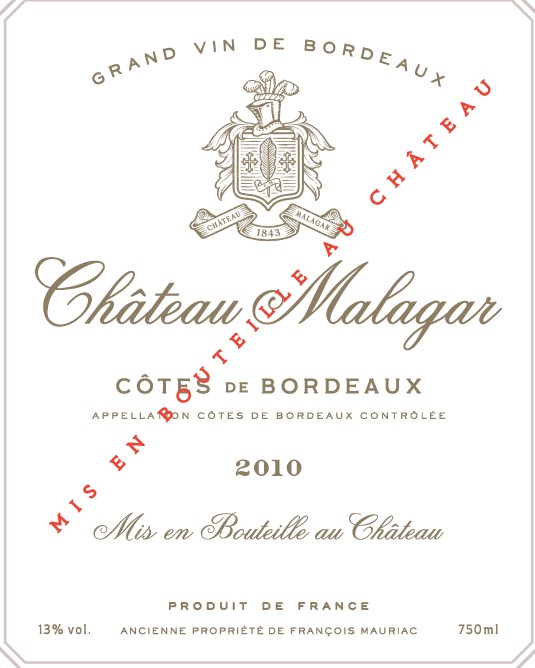
G: Is this crisis cyclical or structural, in your opinion?
JM: To me, this crisis is primarily cyclical regarding the Grand Crus. It could be resolved with the emergence of new markets, such as those in India or South America, and with the strong return of China, for example. Chinese consumers have developed a fine appreciation for wines and are eager to rediscover the Grand Crus. It’s also essential to find new consumers, and for that, it is vital to focus on mid-range wines. I remember my first trip to the United States. At that time, few people really knew about wine there. They initially enjoyed sweet and white wines, then started producing great wines in California before buying our Grand Crus. This process occurred in stages, always starting with affordable products. Gradually, a true wine culture established itself.
G: In Bordeaux, we have an open distribution system, La Place. Do you think this is an advantage for importers and distributors who are the negociant’s clients?
JM: The system may seem archaic and absurd from the outside, but it is essential for an importer to have a varied range of products, from ordinary wine to grand crus. The négociant facilitates this diversity without requiring the purchase of entire containers of a single brand. The ability to offer bottles from different châteaux is crucial.
Negociants taste, know the products, and provide informed advice to their clients. For owners, this system offers a significant advantage. It allows for a sufficient sales force to distribute wines in various countries, even in small quantities, like 3 cases in Istanbul, 2 cases in Ankara, and 1 case in Vietnam. It would be commercially impossible to manage this logistics without the négociant.
Some properties try to do without the négociant, but this rarely succeeds or only in limited areas. Creating an international brand without the support of the négociant is difficult. However, there is an anomaly in the distribution margins of Bordeaux wines. Unlike other luxury products where margins are significant, those of wines are reduced. This issue can be resolved if the brand becomes popular with customers, which depends on the strength of the brand. Properties must support the negociant by generating demand through targeted actions toward end consumers. This will create an aspirational effect, facilitating sales by the négociants and their clients. While some properties wish to control distribution, they usually do not do so effectively. By maintaining a good relationship with the négociant and having some knowledge of the secondary market, it is possible to know where the wines are going. The market is relatively transparent, especially with social media where people share their experiences.
I firmly believe in the Bordeaux Place system, despite the current difficulties largely related to the sudden rise in interest rates. Rates close to zero were also not healthy for the market, as they too influenced behaviors. The best advertisement for a wine is an empty bottle on the table. When interest rates are too low, too much speculation enters the market; the bottles remain in warehouses, but they must be sold eventually.
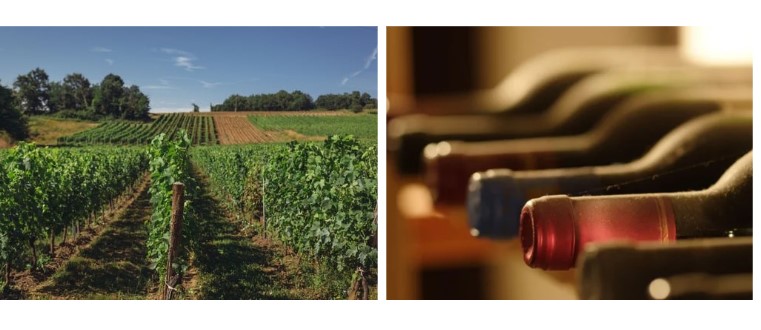 G: How do you see the distribution of wines outside Bordeaux through the Place de Bordeaux?
G: How do you see the distribution of wines outside Bordeaux through the Place de Bordeaux?
JM: The negociants of the Place de Bordeaux can be excellent prescribers because they know the products well. However, for wines outside Bordeaux, the task is more complex. The négociants become more like sales representatives than true prescribers because it is important to recognize that they cannot have an in-depth knowledge of all the wines in the world due to their geographical distance from the vineyards.
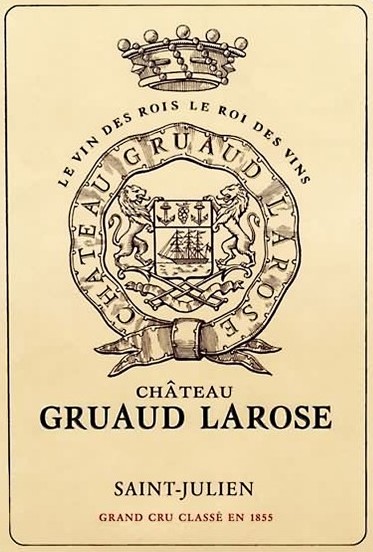
G: Can you explain to clients the criteria on which you established the price of Gruaud Larose for this primeur release?
JM: Gruaud Larose was the finest property in Saint-Julien. It previously belonged to the Cordier family, who were also powerful négociants. At that time, there were no comparative tastings between the Crus, which is what allows owners to track the evolution of their wines compared to others. Gruaud Larose was one of the first properties to harvest ripe grapes. Undeniably, Gruaud Larose was the best in Saint-Julien from the 1920s until 1940. However, with climate change, planting practices have evolved. In the past, cabernets were planted in cooler areas for a later bud break to avoid frost, while merlots were reserved for warmer areas.
This reconfiguration of vineyards in Saint-Julien was initiated by pioneers like Jean-Hubert Delon’s grandfather (owner of Château Léoville Las Cases), as well as Anthony Barton’s uncle, and more recently Didier Cuvelier at Château Léoville Poyferré. All chateaux in Saint-Julien have gradually adopted this approach. Unlike its peers, Gruaud Larose did not carry out this conversion because there were no comparative tastings at the time. It had the reputation of a great wine, but a shift towards a new planting strategy, especially with cabernet sauvignon, was necessary.
When I arrived in 1997, I knew very well that it was necessary to uproot and replant cabernet sauvignon in the right locations. This grape variety is what makes great Médocs. But this conversion takes a lot of time. I set myself a 30-year timeline to accomplish this, and gradually, there is more and more cabernet sauvignon in Gruaud Larose. As a result, there has been a noticeable improvement in the quality of Gruaud; we have made enormous efforts in vineyard management by adopting biodynamic practices.
Regarding the price, the policy for Gruaud is to never make abrupt adjustments, whether up or down. If you are used to buying shoes from a brand for €150, and then the next year they cost €170, you will continue to buy them. If they suddenly jump to €300, you will look at other brands. If they drop to €80, you feel cheated. As a producer, I have to taste wines from different origins; I know a bit about Burgundy vintages, but much less about those from Italy or California, and not at all about Argentina or New Zealand. If I buy a Vega Sicilia, it’s for the trust I have in the brand, not for the vintage. The consumer on the other side of the world buys Gruaud or Barton, not a 2002 or a 2004. It is up to us to be more or less selective based on quality to release a product that aligns with the price, even if it means not producing a first wine.
In 2023, I am aware that our decision to reduce the price of Gruaud Larose less sharply than others may have surprised the market, even though the decrease remains significant. However, I am convinced that the importance of the vintage is less critical today. We prioritize a rigorous selection centered on quality. It is possible to appreciate vintages sometimes considered more modest, like 2017, which turns out to be delightful. In the current market, the success of sales does not solely depend on the price set by the owners. I prefer to stay true to the pricing policy established over several years.
It is also important to remember that the negociant plays a key role, but the end consumer is more important. Maintaining consumer trust in the brand is essential; consumers would not understand seeing Gruaud Larose bottles with vastly different prices. I am convinced that, except for a few great connoisseurs, the vintage effect does not play a crucial role. Regardless, the pleasure that the consumer feels when opening a bottle of Gruaud Larose is our top priority.
Gerda BEZIADE has an incredible passion for wine, and possesses a perfect knowledge of Bordeaux acquired within prestigious wine merchants for 25 years. Gerda joins Roland Coiffe & Associés in order to bring you, through “Inside La PLACE” more information about the estate we sell.

